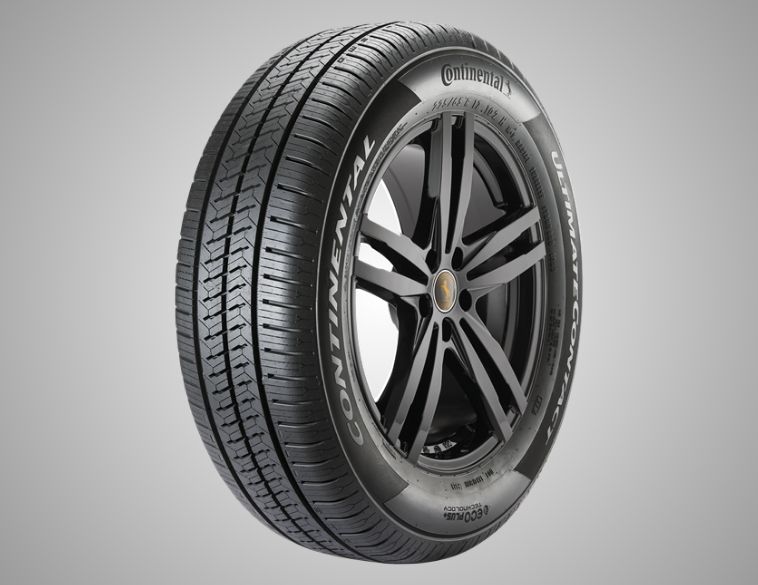Weigh the pros and cons of all your tire storage options before you decide which is best for your retail location.
Consumer demand is driving the growth in the popularity of tire storage solutions. For a variety of reasons, many vehicle owners now prefer to leave their tires and rims with their tire retailer, rather than lug them home, struggle to get them out of their vehicle, and forage for storage space in the family garage or basement.
Whether you’re a tire retailer, a car dealer, or an aftermarket service provider storing your customers’ tires and rims makes perfect business sense, since it guarantees that you’ll see those customers again. The big question you need to ask yourself is whether you’ll store those tires in your own facilities or with a third party.
Jay Zinniger, Manager, Point S – Talon Tire in Montreal, Quebec is a big believer in on-site tire storage. “It’s a very popular service and it’s very profitable,” he says.
Zinniger estimates that roughly half of his 8,800 sq. ft. facility is dedicated to tire storage. Years ago, when he first started offering tire storage to his customers, Zinniger kept the tires in a separate location directly across the street from his shop. But when the opportunity to rent space in the same building as his shop became available, he moved his tire storage operation on-site. “Ideally, on-site is best,” he says, “because it allows us to maneuver quickly and provide very good customer service.”
Zinniger stresses that retailers need the proper conditions for storage if they’re going to choose the on-site option. His facility is climate-controlled and secure. “We’ve got optimum storage conditions,” he explains. “We don’t keep tires in containers outside where they would be exposed to temperature changes.”
Financial considerations
When you consider the cost of purchasing or renting a facility that can be used for tire storage, the cost of heating or cooling the premises, the price of a security system, insurance and the software needed to keep track of where each tire is located, you can’t help but wonder if an on-site solution is financially viable.
According to Zinniger, on-site storage makes perfect financial sense, with the fees he charges his customers serving as an additional profit centre. “It’s definitely cost effective,” he says. “It almost pays our entire rent.”
Planning for the future
Storing tires on-site also allows Zinniger and his team to take advantage of the slower times between the spring and fall rush in order to prepare for the next rush period.
“Once we are finished the entire season,” he explains, “we begin to prepare for the next season. So we take the tires that are in storage off the racks and we balance them. And at that time, we look for damages to the tires and rims. If we find damage, we flag that and put it into what’s called ‘problem cases.’”
When that customer calls in the spring or fall to book an appointment for the next changeover, he is told about the problems and asked if he’d like anything fixed or replaced. “We advise them before they come in, and let them decide what they would like to do,” Zinniger adds.
By looking for problems in the off season, and by balancing and preparing each wheel assembly well ahead of time, this allows Talon Tire to decrease the amount of time they need to keep each vehicle on a hoist for each changeover, which in turn boosts profits and increases customer satisfaction.
Third-party options
Not all tire retails can, or want to, store tires in their own facilities. That’s where third-party service providers come into the picture. For a price, they offer a climate-controlled storage facility, they cover insurance costs, they provide the software needed to keep track of each tire, and they even pick up and drop off tires when they’re needed.
One company offering this service is Quebec-based Stox Distribution. Currently, Stox customers, in some parts of the province of Quebec, can take advantage of the company’s massive warehouses in order to store tires for their retail customers.
Retailers use an online platform to request a tire pick up or drop off, and Stox provides the software and labels needed to keep track of each and every tire. “We deliver the same day,” says Dominic LaFreniere, Regional Sales Director of Stox Distribution. “In some regions of the province we can even deliver twice a day.”
The pros and cons of on-site and off-site solutions, as well as third-party storage providers have to be weighed carefully by each retailer in order to determine which is best. With the growing popularity of condo living in some parts of the country, as well as the trend towards larger (and thus heavier) rim sizes, you’ll be doing your customers a favour by offering them a service that both you and they will benefit from.


